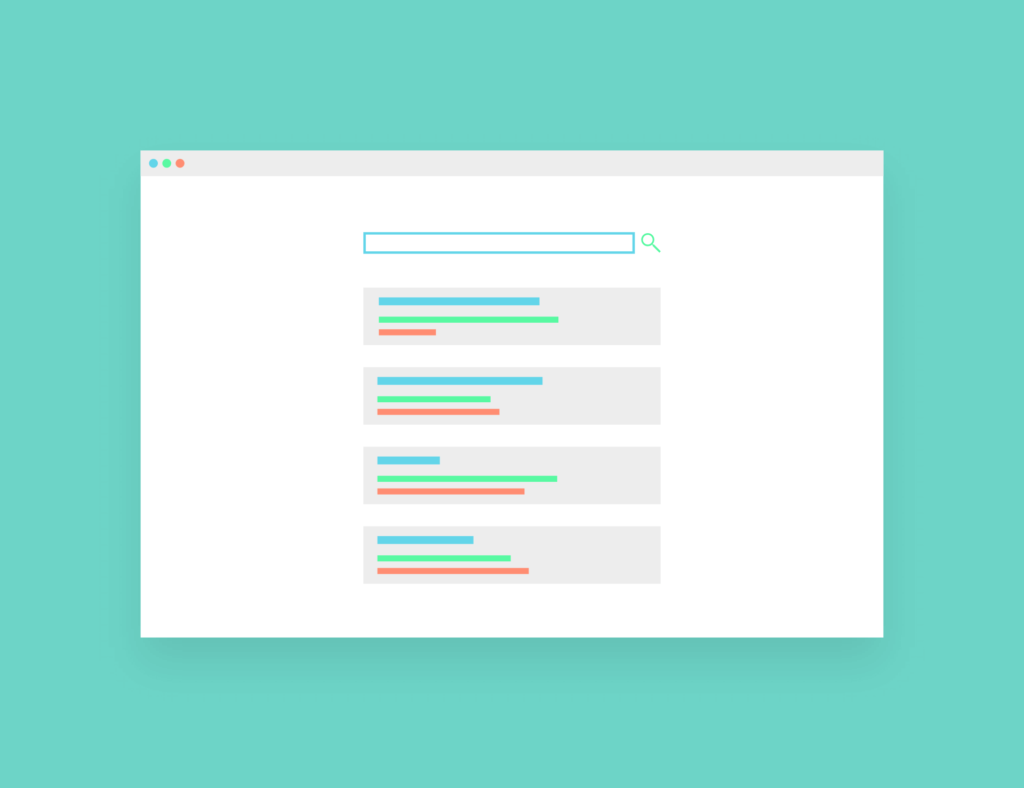Page rank is a measure of how relevant and authoritative your site is for a given search query. It is influenced by various factors, such as the quality and quantity of your content, the number and quality of your backlinks, the speed and usability of your site, and more. Here are five tips to improve your site’s page rank and boost your organic traffic.
- Conduct keyword research and optimize your content for the most relevant and popular terms that your target audience is searching for. Use tools like Google Keyword Planner, Moz Keyword Explorer, or SEMrush to find out what keywords are in high demand and have low competition. Include them in your titles, headings, meta descriptions, URLs, and body text, but avoid keyword stuffing or unnatural usage.
- Create high-quality content that provides value to your readers and answers their questions or solves their problems. Your content should be original, engaging, informative, and well-written. It should also be updated regularly to keep it fresh and relevant. Use different formats, such as blog posts, videos, infographics, podcasts, ebooks, etc., to cater to different preferences and needs.
- Build backlinks from other reputable and authoritative sites that are related to your niche or industry. Backlinks are like votes of confidence that signal to search engines that your site is trustworthy and valuable. You can get backlinks by guest posting on other blogs, participating in forums or social media groups, creating shareable content, or reaching out to influencers or journalists who might be interested in your site.
- Improve your site speed and performance by optimizing your images, reducing your file sizes, enabling compression and caching, using a content delivery network (CDN), or switching to a faster hosting provider. Site speed is an important ranking factor, as it affects user experience and satisfaction. A slow-loading site can frustrate your visitors and make them bounce off your site, which can hurt your page rank and conversions.
- Enhance your site usability and design by making it easy to navigate, mobile-friendly, secure, and accessible. Your site should have a clear and intuitive structure, with a menu, a search bar, a sitemap, and internal links that help users find what they are looking for. It should also be responsive and adaptive to different devices and screen sizes, as more and more people are using mobile phones to access the web. Moreover, your site should have an SSL certificate that encrypts the data between your server and your users’ browsers, as well as follow the web accessibility guidelines (WCAG) that make your site accessible to people with disabilities.

